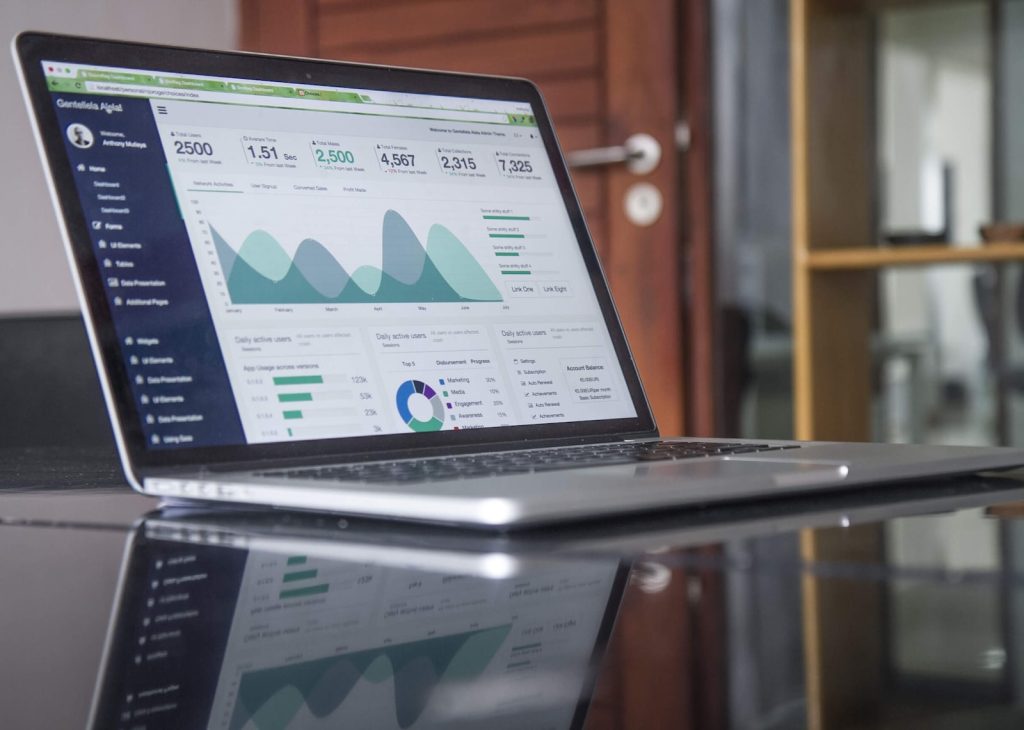Converting data into knowledge is a process that involves the collection, cleaning, and analysis of data. Data mining and machine learning are also becoming increasingly popular as they allow for more complex analysis and the discovery of hidden patterns and insights. Some of the most popular tools include Excel, R, and Python, which are used for data visualization and analysis. Other tools, such as Tableau and Power BI, are used to create interactive dashboards and visualizations.
Data is the raw information that is collected, stored, and processed. Knowledge, on the other hand, is the understanding and insight that is derived from the data. The process of converting data into knowledge is known as data analysis or data mining.

The first step in converting data into knowledge is the collection of data. This can be done through various methods such as surveys, experiments, and observations. The data is then stored in a database or spreadsheet, where it can be easily accessed and analyzed.
Once the data has been collected and stored, it must be cleaned and preprocessed. This involves removing any errors or inconsistencies in the data, as well as organizing it in a way that makes it easy to analyze. For example, data may be sorted by date or grouped by a particular variable.
Next, the data is analyzed using statistical techniques or machine learning algorithms. This is where the data is transformed into knowledge, as patterns and insights are discovered. For example, a data analyst may use a regression analysis to identify relationships between different variables, or a machine learning algorithm may be used to classify data into different categories.
The final step is to present the knowledge that has been derived from the data. This can be done through visualizations, such as charts and graphs, or through written reports. The goal is to make the knowledge easy to understand and to convey the key insights in a clear and concise manner.
There are many different tools and techniques that can be used to convert data into knowledge. Some of the most popular include Excel, R, and Python, which are used for data visualization and analysis. Other tools, such as Tableau and Power BI, are used for creating interactive dashboards and visualizations.
Data mining and machine learning are also becoming increasingly popular, as they allow for more complex analysis and the discovery of hidden patterns and insights. These techniques can be used to identify customer segments, predict future behavior, and uncover fraud.
In conclusion, converting data into knowledge is a process that involves the collection, cleaning, and analysis of data. By using the right tools and techniques, data analysts and scientists can uncover valuable insights and information that can be used to inform business decisions, improve products and services, and drive innovation.

